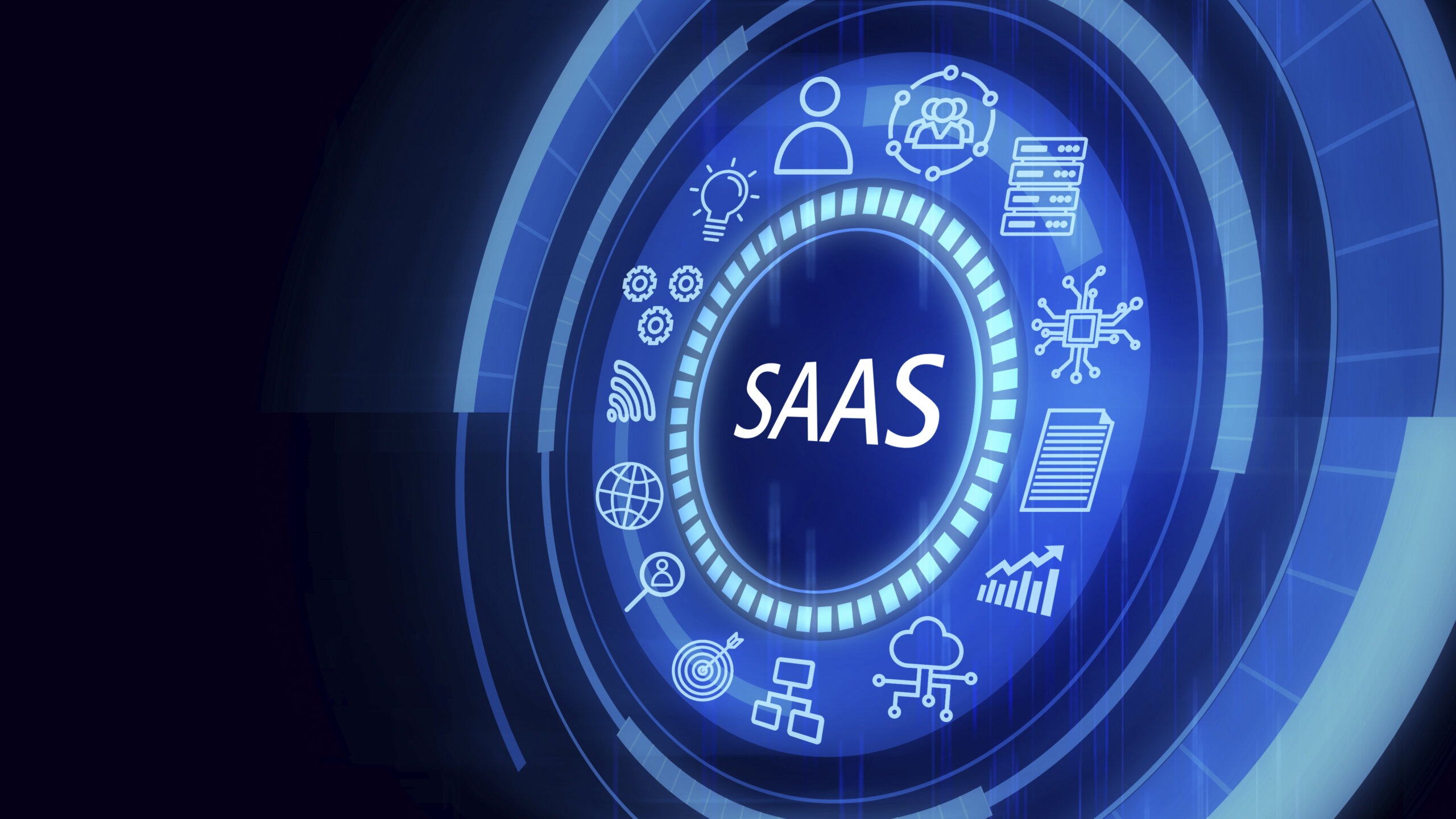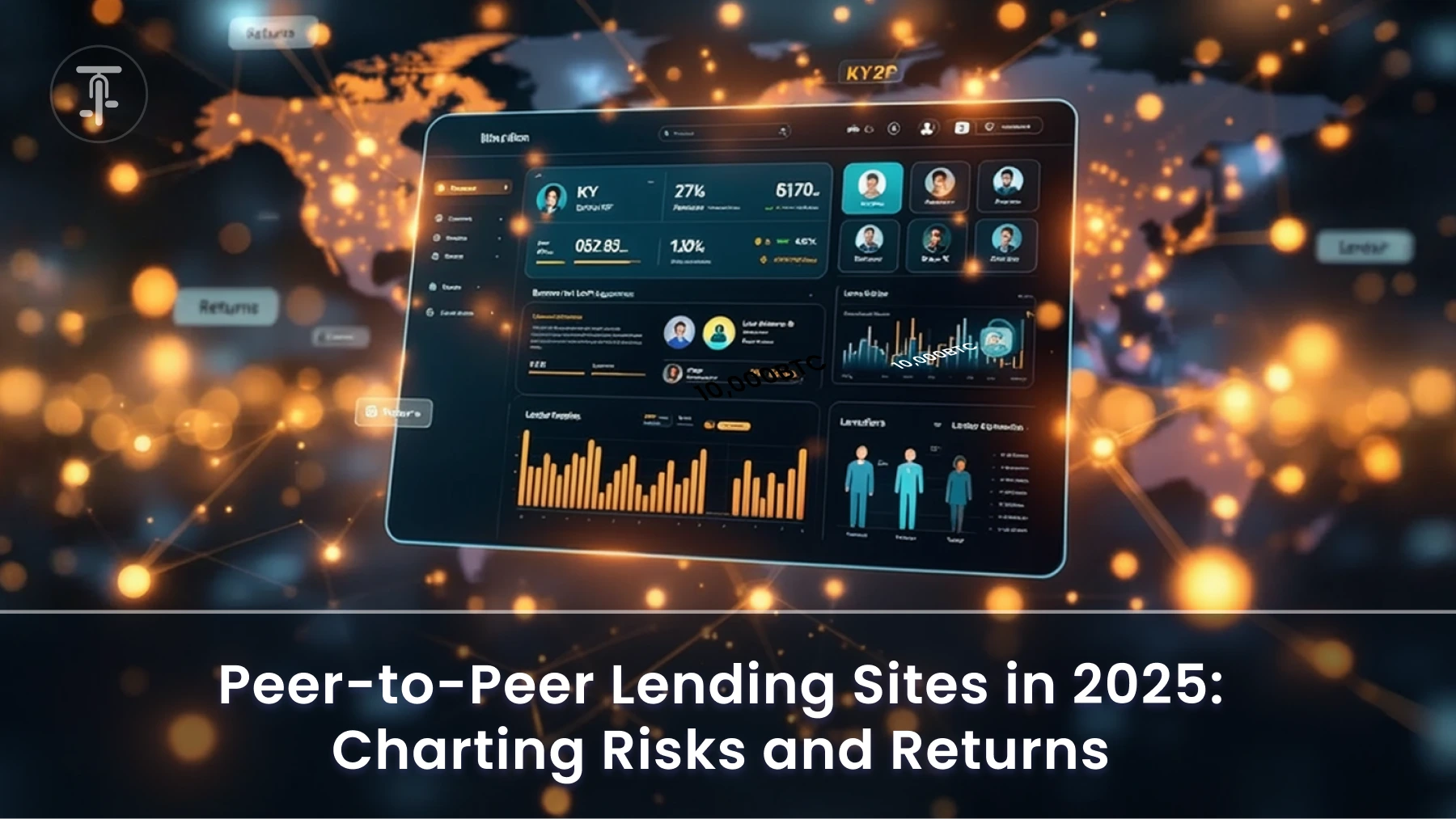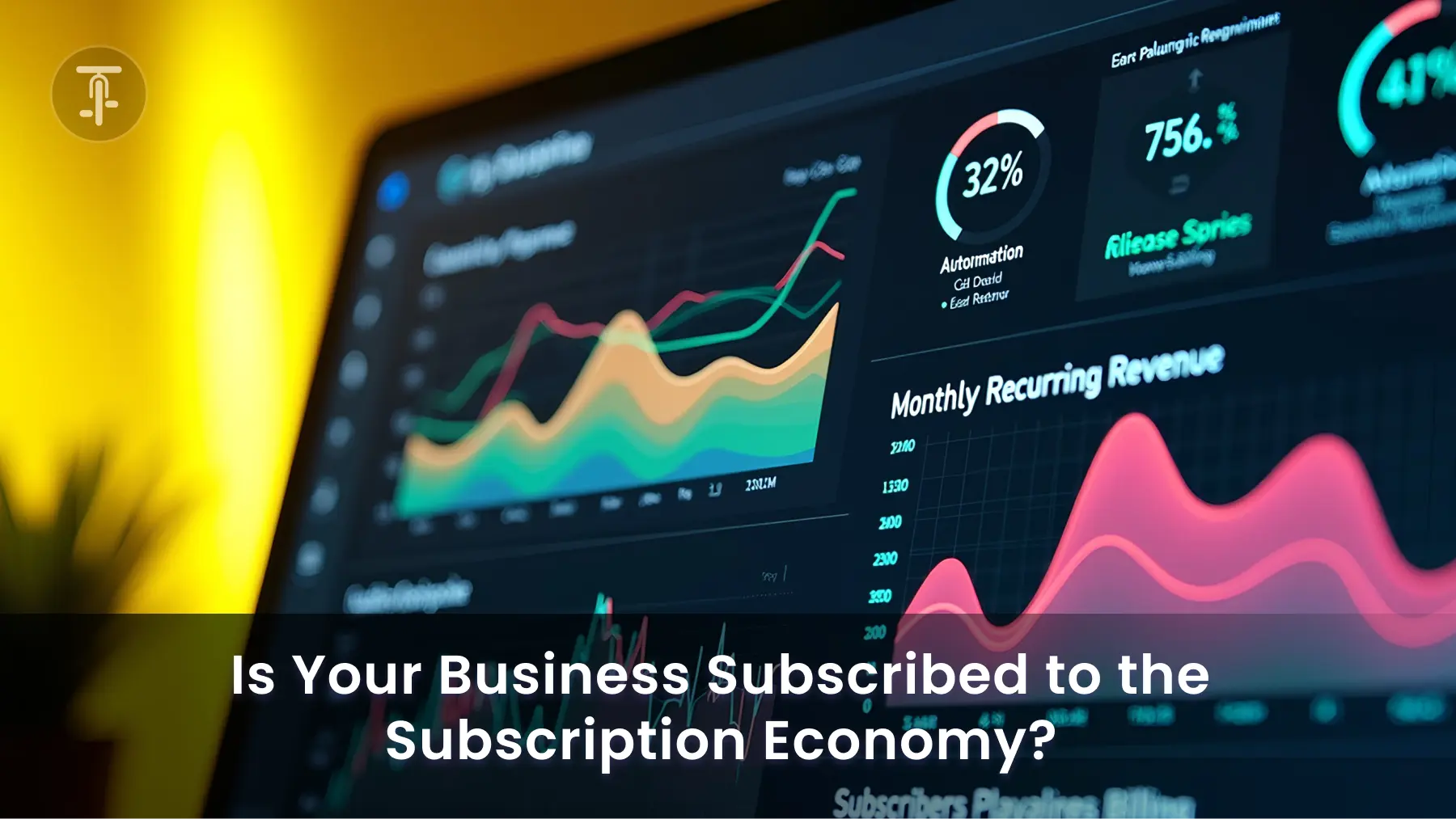Introduction
When was the last time you bought a licensed CD or installed an application on your computer? Likely, you won’t easily recall that. And for good reason—most of the applications you use for business or daily living are the products of SaaS application development.

What is a SaaS Platform?
“Software as a Service” is what SaaS stands for. This is a business strategy where you receive a service from the provider through a subscription. All the same, the customer is not required to buy the software plus servers and other software. Typically, consumers can access servers located in digital clouds using a browser, mobile application, or API, where all processing is done. To put it another way, the user interacts with a fully functional, prepared solution online
In contrast, consider real estate. Renting sometimes prevails in various ways. The fact that the owner, not the lessee, is in charge of upkeep is one of them.
This also applies to SaaS apps, which are less demanding on users than licensed software purchases because they don’t require time-consuming program setup on each user’s PC. Instead, all technical aspects of development and maintenance are handled by the SaaS app providers.
Benefits of SaaS Platform:
- Cost-effectiveness: Monthly memberships are significantly less expensive than buying all the extra tools and software separately.
- Dependability: The servers of cloud-based apps are dispersed throughout the globe.
- Proof of concept: A user can test a SaaS application and determine whether or not to continue using it by utilizing it
- Modes of enterprise: SaaS apps typically provide enterprises with an enterprise package. They consist of unique functions, resources, and techniques for group cooperation.
Building SaaS Applications Has Its Advantages
It is not unexpected that SaaS application development offers numerous advantages from the user’s point of view. However, it is less clear that SaaS application development can benefit startup owners as well. These are the advantages of starting a SaaS application company.
Developmental flexibility: The process of developing a software-as-a-service application is ongoing and does not end with the product launch. You should continue to research your target demographic even if users are already utilizing your product. It would be preferable to track your app’s effectiveness and get user input in order to meet their needs better.
Consistent income: You can benefit from consistent and enduring revenue from both new and returning clients if you operate on a subscription-based business model. And this gives you the opportunity to continue to iterate and reinvest in your business.
Larger Client Base: Do you recall the “lower upfront costs” I previously discussed? This benefit, however, is reciprocal. More clients can afford to purchase your product because of the lower upfront expenses. You can anticipate a more extensive user base, accommodate new users, and include enterprise models in your software as a service.
Client Delight: You can freely investigate your users in the SaaS business and modify your product to suit their requirements. This presents you with an excellent chance to develop a service that is valuable and will eventually become your clients’ go-to offering, earning their loyalty. You could constantly iterate and keep improving your service even if the initial iteration of your product did not go over well with customers.
Combining Services from Third Parties: To accommodate all consumers, you must provide a wide range of functionalities while developing SaaS apps. Alternatively, you can incorporate already-existing services from outside vendors. For instance, you can see connectivity with social media platforms, payment processors, CRMs, and Google Maps in a lot of apps.
Business Excellence: Pedals Up Redefines Efficiency with SaaS Solutions
In an era where the demand for seamless and efficient business operations is paramount, Pedals Up stands out as a pioneer in the domain of Software as a Service (SaaS). Committed to revolutionizing the operational landscape of businesses, this forward-thinking company offers a suite of SaaS solutions aimed at enhancing productivity and simplifying processes
Conclusion
AI’s future in 2024 is anticipated to be a combination of quick progress and cautious thought. Its path will be determined by how well innovation and accountability are balanced. The key lies in fostering a symbiotic relationship between AI and humanity, ensuring that this technological journey benefits us all.
Whether AI takes off like a rocket or cruises in 2024, we at Pedals Up are all about blending tech innovation with a down-to-earth vibe, bringing endless possibilities to your doorstep.




